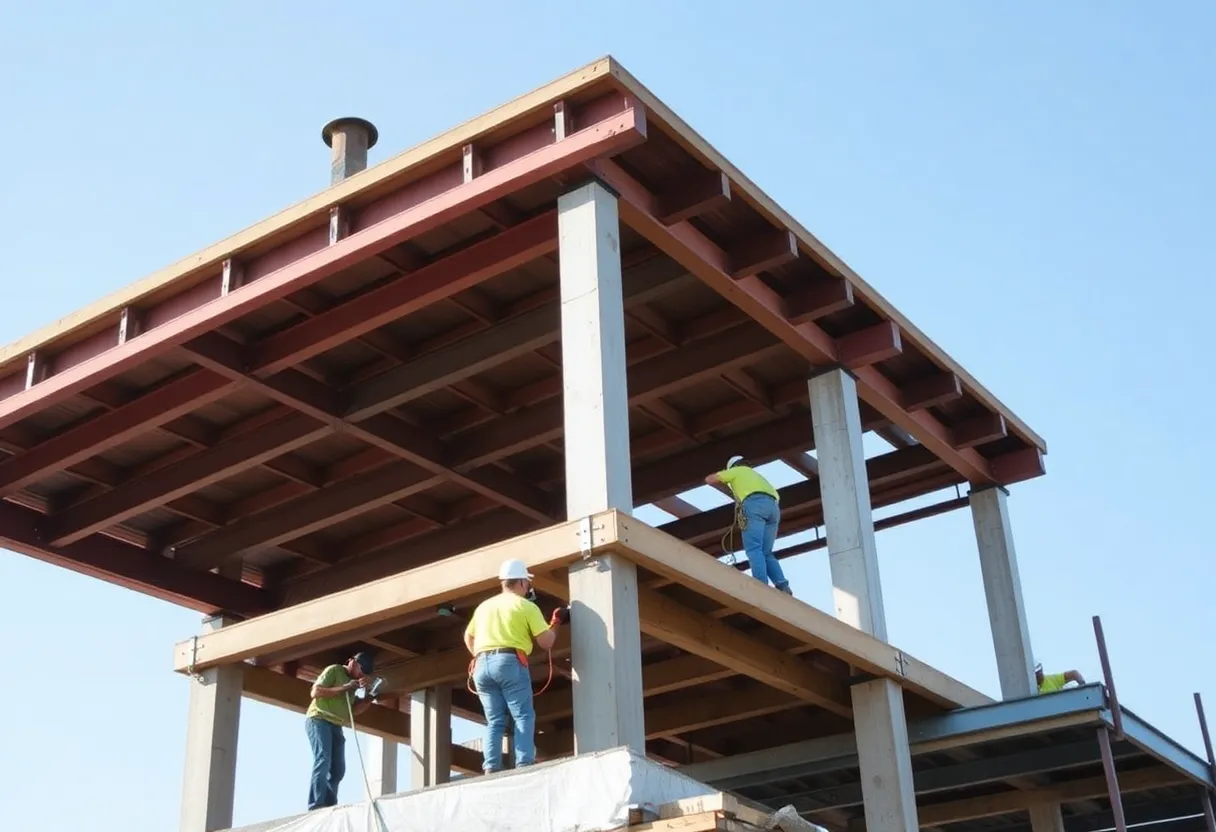News Summary
DA Davidson has upgraded Autodesk from ‘Neutral’ to ‘Buy’, raising its price target from $305 to $375. The firm cites Autodesk’s improvements in cost structure, governance, and operational execution as key factors for expected strong growth in the architectural and construction software market. Autodesk anticipates significant profit growth as it focuses on areas like cloud computing and AI, and aims for increased GAAP operating margins in fiscal 2026. Despite a dip in customer sentiment regarding AI, Autodesk remains committed to responsible AI implementation.
DA Davidson Upgrades Autodesk, Anticipates Strong Growth Opportunities
Autodesk, Inc. (NASDAQ:ADSK), a well-known player in the architectural, engineering, and construction software market, has received a noteworthy upgrade from “Neutral” to “Buy” by investment firm DA Davidson. With this upgrade, the price target for Autodesk’s stock has been significantly raised from $305 to $375. The evaluation reflects the firm’s positive outlook on the company’s ongoing improvements.
The upgrade comes as recent assessments highlight Autodesk’s advancements in its cost structure, governance, and operational execution. These enhancements are pivotal as Autodesk positions itself to reach top-quartile operating performance within the competitive back-office software sector. Despite potential fluctuations in margins due to changes in the transaction model, the company is taking steps to bolster its efficiencies and is on track to realize substantial profit growth.
Current Performance and Future Projections
As of now, Autodesk’s Generally Accepted Accounting Principles (GAAP) operating margins are only slightly above the median margins observed among its peers, signifying a significant opportunity for improvement. The company is channeling its efforts towards strategic domains such as cloud computing, platform development, and artificial intelligence (AI), all while optimizing its sales and marketing initiatives to boost margins.
Looking ahead, Autodesk is optimistic about its fiscal year 2026 projections, expecting billings to reach between $7,160 million and $7,310 million. The projected GAAP operating margin for that fiscal year is estimated to be between 21% and 22%, reinforcing the positive outlook for the company’s financial health.
Investor Confidence and Market Sentiment
In a sign of growing investor confidence, Parnassus Investments has recently integrated Autodesk into its investment portfolio, departing from a previous investment in Bill.com. This decision is indicative of Autodesk’s solid standing in the architecture, engineering, and construction software landscape. The company has also been recognized as one of the Top 10 Software and Technology Stocks to Buy Now.
However, in the realm of AI within construction, there has been a noted dip in customer sentiment. Trust in AI technology has decreased by 14 percentage points year-over-year, although a significant 68% of surveyed individuals maintain belief in its potential benefits. This highlights a crucial area for Autodesk to address as it pushes forward with AI innovations.
Commitment to Responsible AI Implementation
With over 40 years of experience in managing data responsibly, Autodesk underscores its dedication to deploying AI in a secure and ethical manner. The company’s exploration of AI technologies began in 2009 and now includes advancements like Construction IQ and the Autodesk Assistant, which help streamline operations in the construction sector.
Autodesk’s signing of the EU AI Pact and participation in initiatives aimed at promoting trustworthy AI across various industries further exemplify its commitment. The company’s AI Transparency Cards initiative aims to elucidate information regarding the functionality, data sources, and privacy protections associated with its AI features.
Strategic Focus on Innovation and Development
At the recent Autodesk University 2024, CEO Andrew Anagnost elaborated on the company’s strategic focus areas, highlighting optimization, automation, and creative enhancement as key themes in Autodesk’s ongoing AI strategy. Recent innovations have centered on improving repetitive processes within software solutions like Fusion and refining 3D modeling workflows.
One ambitious project, known as Project Bernini, aspires to produce functional 3D models based on diverse inputs, though practical applications are still in the exploratory phase. Autodesk is investing heavily in training models to better understand geometry and physical behaviors, aiming to create tools that also consider environmental impacts, such as embodied carbon, through tools like Embodied Carbon Analysis in Autodesk Forma.
Balancing Innovation with Security
As Autodesk continues to introduce automation capabilities in its solutions, concerns surrounding data security and intellectual property have arisen, particularly regarding customer data utilized for AI training. The company remains committed to integrating foundational AI models to enhance user experience and operational efficiencies across its products.
CEO Andrew Anagnost expresses a cautious optimism about AI’s role in transforming the construction industry, emphasizing the necessity for iterative development in AI technologies. As the economic landscape continues to evolve, focusing on balancing innovation with trust and security in AI implementations remains paramount.
Deeper Dive: News & Info About This Topic
Additional Resources
- Seeking Alpha: Autodesk’s Potential Acquisition of PTC Provides Software AI Benefits
- Wikipedia: Autodesk
- Fortune: Autodesk CEO Fights Declining Employee Optimism Around AI
- Google Search: Autodesk AI in Construction
- AEC Magazine: Autodesk Charts Its AI Future
- Encyclopedia Britannica: Artificial Intelligence
- Autodesk Blog: Blueprint for Trusted AI in Construction
- Google News: Autodesk
Author: Construction FL News
The FLORIDA STAFF WRITER represents the experienced team at constructionflnews.com, your go-to source for actionable local news and information in Florida and beyond. Specializing in "news you can use," we cover essential topics like product reviews for personal and business needs, local business directories, politics, real estate trends, neighborhood insights, and state news affecting the area—with deep expertise drawn from years of dedicated reporting and strong community input, including local press releases and business updates. We deliver top reporting on high-value events such as the Florida Build Expo, major infrastructure projects, and advancements in construction technology showcases. Our coverage extends to key organizations like the Associated Builders and Contractors of Florida and the Florida Home Builders Association, plus leading businesses in construction and legal services that power the local economy such as CMiC Global and Shutts & Bowen LLP. As part of the broader network, including constructioncanews.com, constructionnynews.com, and constructiontxnews.com, we provide comprehensive, credible insights into the dynamic construction landscape across multiple states.





